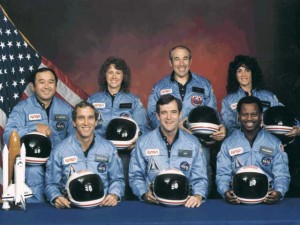Saying “I Don’t Know” is a Strength
“A culture of asking questions – the really big ones and the seemingly small, incremental ones – is critical for innovation.”
– Karl-Ludwig Kley, CEO of Merck
The great physicist Richard Feynman once described how you can spot a real expert versus a phony. Look for three little words, “I don’t know.” The phony will have all the answers, while the expert will be willing to admit what they don’t know. Real experts are relentlessly curious, even assertively curious – that is, they will demand explanations for things that many others simply accept as rules.
Creativity consistently ranks among the most sought-after and valued characteristics of workers today. Executives know that the next killer app, product, service or innovation is going to come from relentlessly curious and creative people. The most desirable professionals today are happy, collaborative, and have hustle, but above all are relentlessly curious and creative.
In a recent study from September, 2015, Merck surveyed over 2600 people on both the value of creativity in the workplace, and the ways in which their company encouraged (or stymied) creative practices.
While a staggering 90% agree that the best ideas come out of persistent and curious behavior, including constantly questioning company practices, less than 25% of those working today describe themselves as curious people. We are more likely to call ourselves “organized” or “diligent” or even “friendly,” than to call ourselves “creative”. If anything, it’s swinging the other way. Over 80% of us say the pressure to be more “productive” is increasing in intensity.
As work pressure builds to be more productive, our work environments increasingly stifle imagination.
Here’s an interesting fact about people who describe themselves as curious and creative. These people are also assertive. Curious people are decision-makers. They are influencers. In interviews, they often say they have direct influence over the outcome of decisions and change. If you think of the people in your company and community who consistently drive change, I bet you will be thinking of inquisitive people – people willing to ask the hard questions.
That may seem counterintuitive. After all, if we are busy questioning the world around us, aren’t we in a listening and receptive mode, and not in a decisive action-taking mode? But these two behaviors of deeply questioning, and then taking action, are reinforcing levels of creative engagement. This is because highly creative people also tend to also be fearlessly persistent. They often describe themselves as “adventurous” and “risk-taking.”
Another characteristic of highly curious and creative people is that they are generally less affected by peer pressure. They tend to follow their values, even when it may run counter to what the group is doing.
Stay assertive, curious, and follow your values.
- Join my Email updates for regular updates on leadership and life
- Learn more about my Speaking work
____________________________________________________
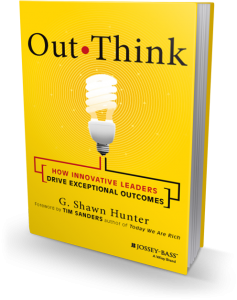
Twitter: @gshunter
Say hello: email@gshunter.com
Web: www.shawnhunter.com

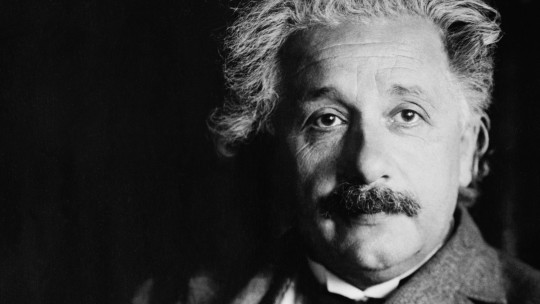

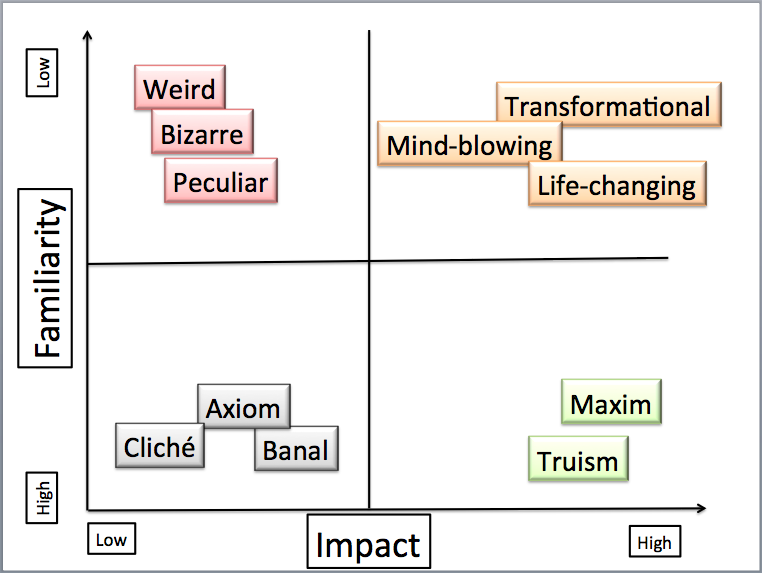
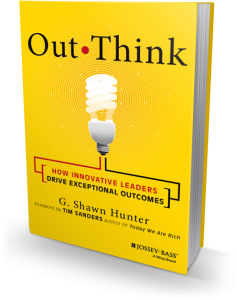
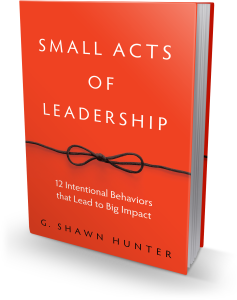
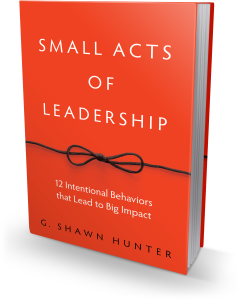 Shawn Hunter is President and Founder of
Shawn Hunter is President and Founder of 

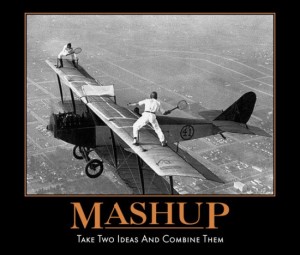
 Over the years, my friend Erich and I have probably logged thousands of miles cycling together. In all conditions – cold, wet, early, or in the fading warm July sunlight – we have ridden these Maine roads together. And when you train with someone for long enough you recognize their strengths (he climbs like a scalded cat), odd proclivities (he prefers riding on the right side of someone else), and their hesitations (he often descends cautiously).
Over the years, my friend Erich and I have probably logged thousands of miles cycling together. In all conditions – cold, wet, early, or in the fading warm July sunlight – we have ridden these Maine roads together. And when you train with someone for long enough you recognize their strengths (he climbs like a scalded cat), odd proclivities (he prefers riding on the right side of someone else), and their hesitations (he often descends cautiously).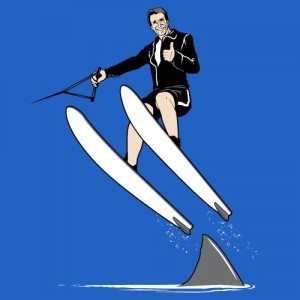 Colgate once introduced a line of dinner entrees. Harley-Davidson rolled out their own perfume. The
Colgate once introduced a line of dinner entrees. Harley-Davidson rolled out their own perfume. The 